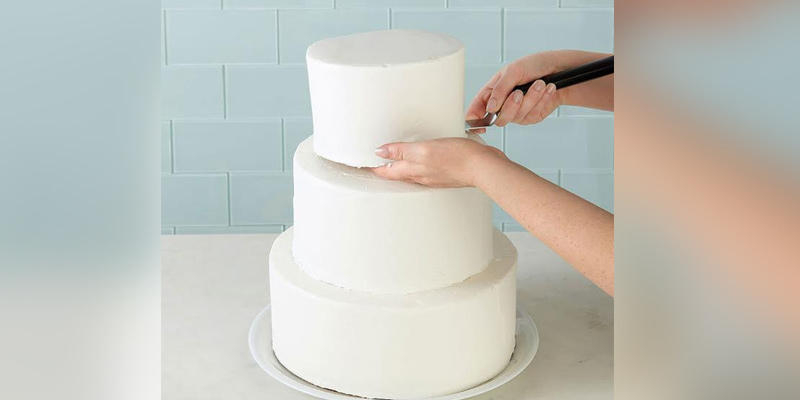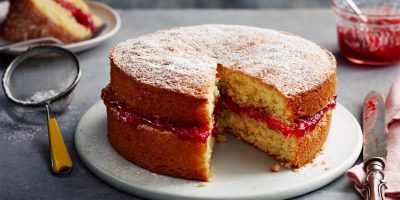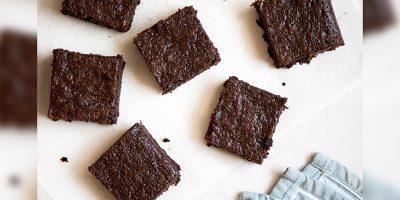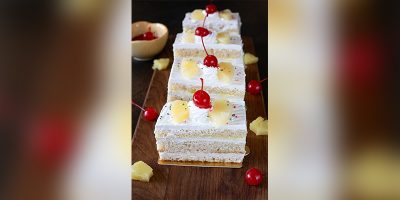Stacked cakes, for example, party cakes or wedding cakes, are made when cakes of different size and sometimes different shapes are put on top of each other. Stacked cakes and cakes with tiers or sections can be lip-smacking, eye-soothing, and wonderful, but they surely require a firm establishment and the right ingredients for success. A multi-layered cake without the correct establishment is damned, in all likelihood will be bad in decoration with uneven layers and a ruined confection.
Regardless of what number of cakes you are layering, from two to up to even eight levels, it is ideal to have at least one to two inches of difference in the radius of every level to create the best cake and ultimate beauty! Below we will be discussing some methods and tips for stacking cakes.
Stabilising the Cakes


Stacked cakes, particularly tall ones, must be balanced out to abstain from tipping, sliding, or collapsing. One approach to make sure about the cake is to utilize single cake boards and dowels in every level. This makes it simpler to place the cake from the kitchen to the final point! The levels can be carried separately for transport and afterward gathered at the final location to reduce the danger of any accident.
To avoid the cracking of the cake, the tiers must be stacked while the icing is done freshly. On the other hand, you can also hold on for two days for stacking after you complete the icing of tiers.
The time when full dowelling isn’t essential for a stacked structure is if the lower levels are full of carrot or nuts i.e it’s a carrot cake or fruit cake. If it’s a spongy cake, without the dowels the top levels would just sink into the lower tiers and the cake will tumble over.
Using the Cake Boards


Using cake boards in a stacked cake helps with settling as well as makes it a lot simpler to put every tier onto the cake. You can either buy or cut the cake boards so they are of similar size as the cake layer. It is additionally necessary to ensure the material of the board is durable and won’t easily bend.
For small layers like less than six inches, you can stack two cakes on a single board. Try not to stack more layers than two. Before putting the cake layers onto the board, delicately place the following cake board on the previous cake layer to perfectly make an outline; with this, you will realize where to put the dowels, ensuring they are under the following layer.
Using the Dowels


Making a steady establishment out of dowels for the cake isn’t difficult. You can utilize either plastic or wood dowels as per your preference. A decent rule is to utilize one dowel for every two inches of the cake. For instance, eighteen inches of cake will require eight dowels and a ten inches cake will require at least six dowels.
Plastic dowels are generally wider than wood download so you can utilise fewer dowels of plastic in the stacking. But, an advantage of wooden dowels is that you can hone one end into a point, making it simpler to cut the cake boards and the cake. You can hone the dowel with a pencil sharpener or even a blade. Ensure you do this process of edging away from the cake so there is no danger of sawdust defacing the cake.
Regardless of whether you are utilizing plastic or wood, you should wash and dry the dowels before embedding into the cake. It is likewise best to cut all the dowels for each layer before setting any into the cake so that you can ensure every dowel is sliced to a similar length. They should likewise be inserted straight up and not at any angle. It will be simpler to put the dowels in the cake if the cake has been chilled first.
While embedding the dowels into the largest level, you should begin by placing one in the focal point of the cake, then place extra dowels a little inside the boundary where the following level will sit (so the dowels are beneath the next level).
That’s all about stacking cakes! Use your method for stacking while keeping in mind the above points that we have mentioned and you will surely have success.





